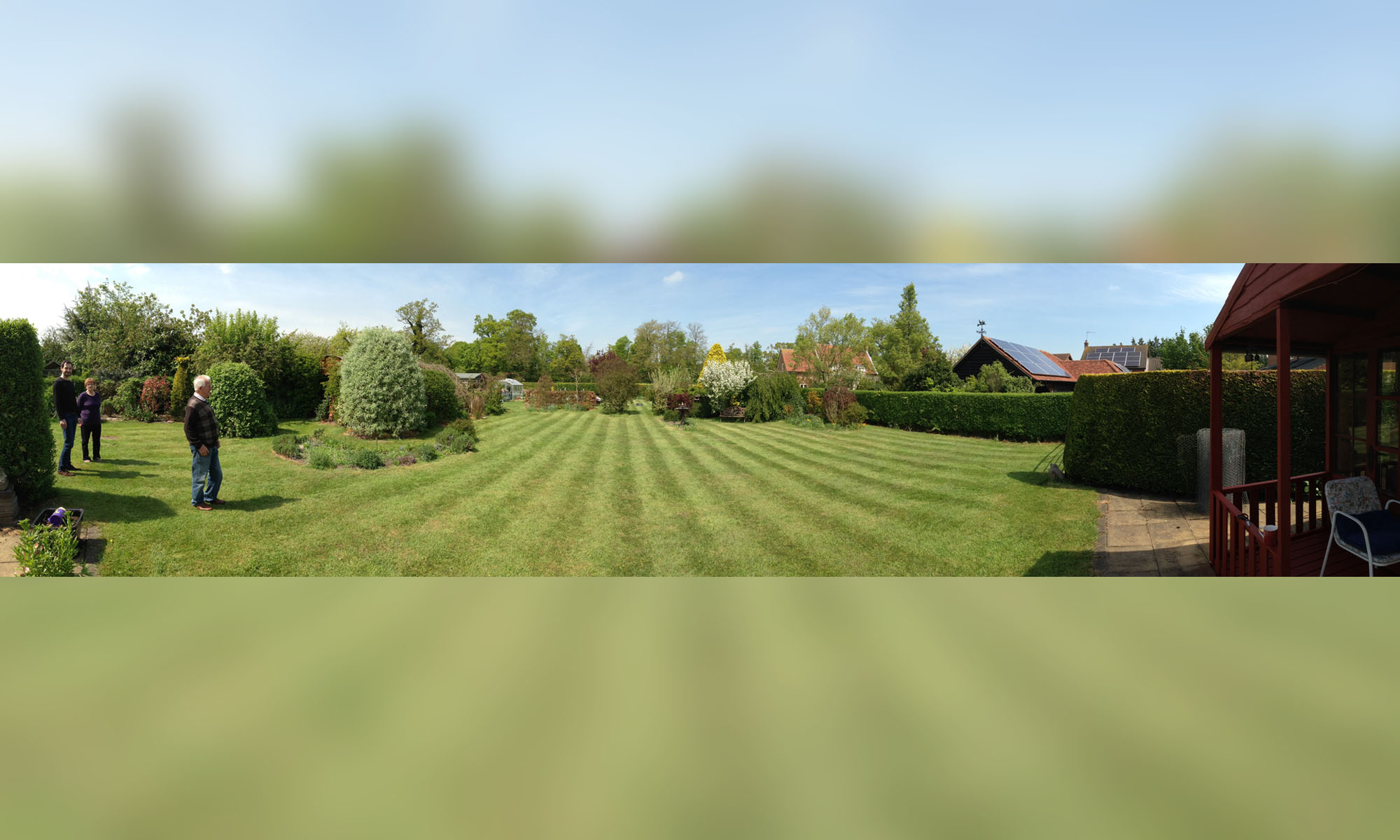Strategies to minimize damage through Cock Chafer grubs with Fishers Fertiliser.
Cock chafer grubs have become a severe problem in agriculture and forestry after being nearly extinct during the 70’s. The adult beetles lay their eggs into the soil on grassland from mid to end-May. The summer chafer (which is smaller) lays its eggs in June.
The full development of a grub takes between three to five years. The grubs cause the most damage in the third or fourth season when they have reached full size by feeding on the roots. On heavily affected lawns the sward can be completely destroyed by grubs.
The tiny larvae are more sensitive to any kind of chemical as they hatch close to the surface of the soil. Grubs have a large surface area in relation to their body mass. Thus, side effects of chemicals or fertilisers against grubs can be used most effectively two to three weeks after eggs are laid. Adult beetles are not present in large numbers every spring, but intensively in odd years. Therefore the aim must be to reduce the number of larvae, regardless of their age to limit the damage in the following years and to lessen the number of emerging adults.
One way to prevent damage caused by grubs is regular fertilisation of meadows and turf with Fishers fertiliser. Research has shown some side effects against grubs but the application rate is limited by the tolerance of the grass and the frequency of applications, limited by nitrogen demand.

